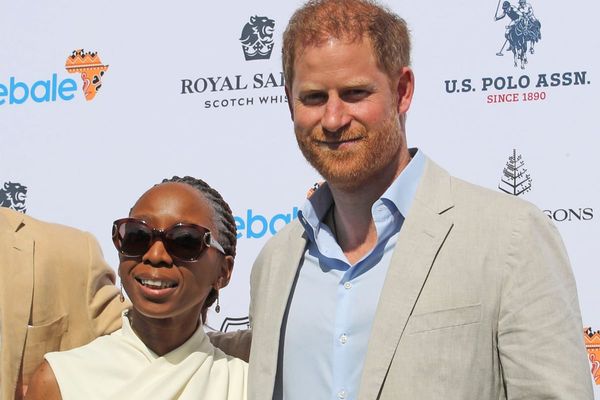During a career in violence prevention that started in the dark days of the 1980s, Frank Perez has seen a lot, but nothing like what he saw at the Garfield Park fieldhouse this week: a gym packed with workers from more than a dozen non-profit anti-violence organizations, talking about nine-figure spending plans.
As summer — and a seasonal surge in violence — draws closer, members of a coalition of anti-violence groups gathered to point to positive signs after two straight years of soaring violent crime in Chicago.
After a damp, chilly spring, shootings have declined 6% citywide from last year, with steeper drops in hotspots like North Lawndale, where Perez’s team at UCAN is one of three non-profits working to tamp down violence.
After a surge as temperatures reached into the 80s in recent days, shootings and murders are down 6% citywide from 2021. In North Lawndale, where UCAN is one of three overlapping groups working to tamp down violence, shootings have fallen by more than 50% and murders by nearly two-thirds.
Perez recalled when groups like his struggled against other non-profits to get grants — and frequently still ran out of money to pay workers to mediate conflicts mid-summer.
“We can’t stop the violence alone. For too long, agencies like mine was player-hating,” Perez said at that Wednesday gathering, drawing nods from the crowd. “You know what that means. We think we’re the only ones that can do this work, when we all know there are many other organizations that can help us.”
The groups Chicago CRED, READI Chicago, and organizations in the umbrella group Communities Partnering For Peace each offer programs focused on high-risk residents of violent neighborhoods, paying them to participate in job training and cognitive behavioral therapy.
Similar outreach programs have been tabbed for additional spending from federal, state and city governments across the U.S., as violent crime and unrest over police brutality soared during the COVID-19 pandemic. Combined with money from organizations including the MacArthur Foundation, Emerson Collective and other donors, funding for Chicago’s network of anti-violence groups will reach nearly $167 million this year, an all-time high.
Despite a spike in shootings and murders that began in 2019, recent research has showed the relative handful of people enrolled in the programs are less likely to be arrested for shootings or be shot themselves.
Aaron Taylor, who completed CRED’s program, told the audience he had gone from facing criminal charges to completing a training program to become a welder.
“Through them and Chicago CRED, I have an increased ability of being more coachable, paying attention more and just being more open to volunteering to anything that comes my way,” Taylor said.
Building an “architecture” of community organizations across the city has been a target of increased spending by Mayor Lori Lightfoot, who boosted funding for anti-violence, outreach and victims’ services programs to $85 million in the 2022 budget — though grant money from this year’s budget has not been awarded yet. The city spent about $50 million on such programs in 2021.
Advocates for the programs have said successes identified in research haven’t led to a decline in violence on the streets because, even with more funding in recent years, the programs combined reach only about 2,000 participants a year. That’s in a city where a tally of 3,000 to 4,000 shootings a year is fairly common. CRED Managing Partner Arne Duncan said collaboration allows groups to bring their anti-violence efforts “to scale.”
“It’s been a dark two years, it’s been a very, very difficult time for Chicago and around the country, but this year is starting off better,” CRED Managing Partner Arne Duncan said. “If we keep working together (and see) a 25% reduction in violence this year, and another 25% next year… Chicago can be a radically different place.”







